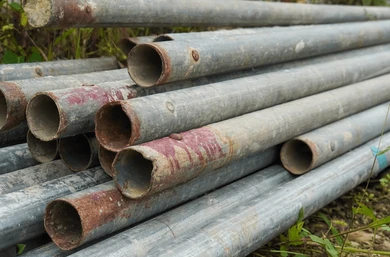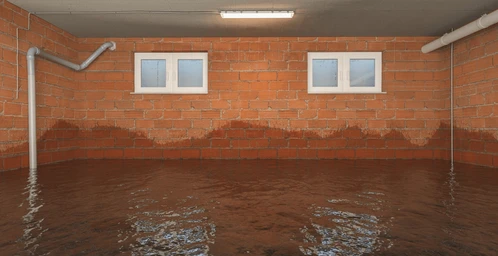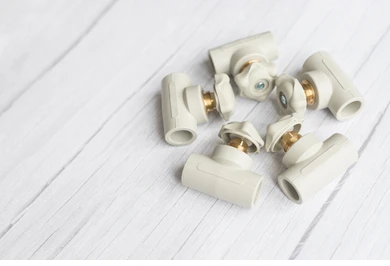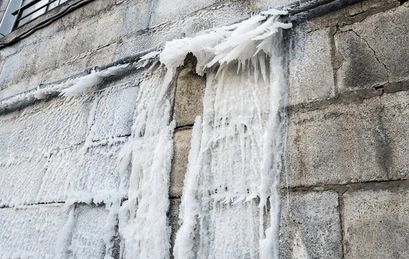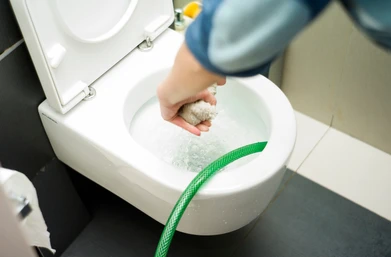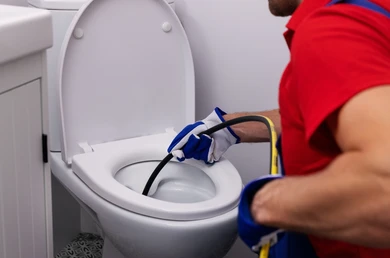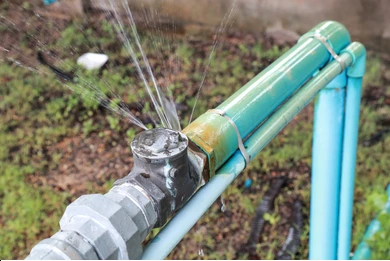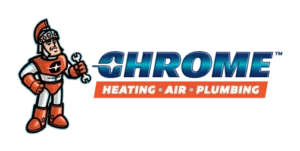How to Repair a Broken Garbage Disposal in Minutes
A garbage disposal is a kitchen workhorse that helps manage food waste efficiently. But when it breaks down, it can disrupt your entire routine. Fortunately, fixing a broken garbage disposal doesn’t always require a professional. With a little know-how and the right tools, you can often get it back in working order within minutes. This guide will walk you through common issues and provide step-by-step instructions to help you repair your garbage disposal quickly. 1. Diagnosing the Problem Before jumping into repairs, it’s crucial to diagnose the exact issue. Garbage disposals often stop working for various reasons, including blockages, electrical malfunctions, or worn-out components. Here are some common problems and symptoms: Garbage Disposal Won’t Turn On: This can be due to a power supply issue or an internal component failure. Humming Noise Without Grinding: A humming sound indicates that the motor is getting power but the blades aren’t moving, which is often caused by a jam. Water Leakage: If water leaks from the bottom of the disposal, it could signal a loose connection or a damaged seal. Unusual Noises: If you hear rattling or grinding noises, it might mean that foreign objects like utensils are stuck in the disposal. Once you’ve identified the issue, you can move on to the appropriate fix. 2. Safety First: Power Off Before working on your garbage disposal, always turn off the power to avoid accidents. Unplug the unit from the outlet beneath the sink, or, if it’s hardwired, turn off the power at the breaker. Garbage disposals are powerful devices, and even a minor mistake can lead to serious injury if the power isn’t off. 3. Resetting the Garbage Disposal Sometimes, the solution is as simple as resetting the unit. Most garbage disposals have a built-in reset button on the bottom, usually a small red or black button. If your disposal is overheated or overloaded, the reset button will pop out. Follow these steps to reset it: Turn off the power to the garbage disposal. Locate the reset button on the bottom of the unit. Press the button until it clicks into place. Turn the power back on and test the disposal. If it starts working again, the issue might have been due to a temporary overload. 4. Clearing a Jammed Disposal One of the most common issues is a jammed garbage disposal. This happens when food particles or foreign objects get stuck, preventing the blades from turning. Here’s how to fix a jam: Turn Off the Power: Safety first! Ensure the disposal is off. Check for Blockages: Use a flashlight to look down the disposal and see if you can identify any stuck objects, such as silverware or hard food scraps. Use the Wrench: Many garbage disposals come with a small hex wrench. If yours doesn’t, you can buy one at a hardware store. Insert the wrench into the hex-shaped hole at the bottom of the unit. Turn the wrench back and forth to manually rotate the blades and dislodge the jam. Remove the Object: After freeing the blades, use tongs or pliers to remove any visible blockages. Never use your hand to reach into the disposal. Test the Unit: Turn the power back on and test the garbage disposal. If it runs smoothly, the jam has been successfully cleared. 5. Fixing Power Issues If your garbage disposal won’t turn on and resetting it doesn’t help, the issue might be related to the power supply. Here’s how to troubleshoot: Check the Plug: Make sure the disposal is properly plugged into the outlet. Sometimes, the plug can come loose. Test the Outlet: Use another small appliance to test if the outlet is working. If the outlet isn’t providing power, the problem might be with your electrical system. Check the Circuit Breaker: If your garbage disposal has tripped the circuit breaker, reset it. Locate your home’s breaker panel, identify the correct breaker, and switch it off, then on again. If these steps don’t resolve the issue, there might be a more significant electrical problem that requires professional assistance. 6. Unclogging the Drain Sometimes, the problem isn’t with the disposal itself but with the drain. A clogged drain can cause water and food waste to back up, making it seem like the disposal is broken. Here’s how to clear the drain: Plunge the Sink: Use a plunger to try and dislodge any blockages in the drain. Fill the sink with a few inches of water and plunge vigorously. Use Baking Soda and Vinegar: If plunging doesn’t work, pour half a cup of baking soda followed by half a cup of vinegar down the drain. Let it sit for 15 minutes, then flush with hot water. Check the P-Trap: If the drain is still clogged, the issue might be in the P-trap, the curved section of pipe beneath the sink. Place a bucket under the P-trap, use a wrench to disconnect it, and remove any debris. After clearing the drain, test the garbage disposal to ensure it’s working correctly. 7. Addressing Water Leaks Leaks from your garbage disposal can be caused by several factors. The most common sources of leaks are the sink flange, the discharge drainpipe, and the bottom of the unit. Here’s how to address each: Sink Flange: The sink flange is the part where the disposal connects to the sink. Over time, the seal can weaken, causing leaks. To fix it, loosen the mounting bolts, apply the plumber’s putty around the flange, and retighten the bolts. Discharge Pipe: If water is leaking from the discharge pipe, check the connection. Tighten the screws that hold the pipe in place, or replace the rubber gasket if it’s worn out. Bottom of the Unit: Leaks from the bottom usually indicate internal damage, which may require replacing the disposal. 8. Preventative Maintenance Tips To keep your garbage disposal running smoothly, regular maintenance is essential. Here are some tips to prevent future issues: Run Cold Water: Always run cold water while using the disposal to help flush out

